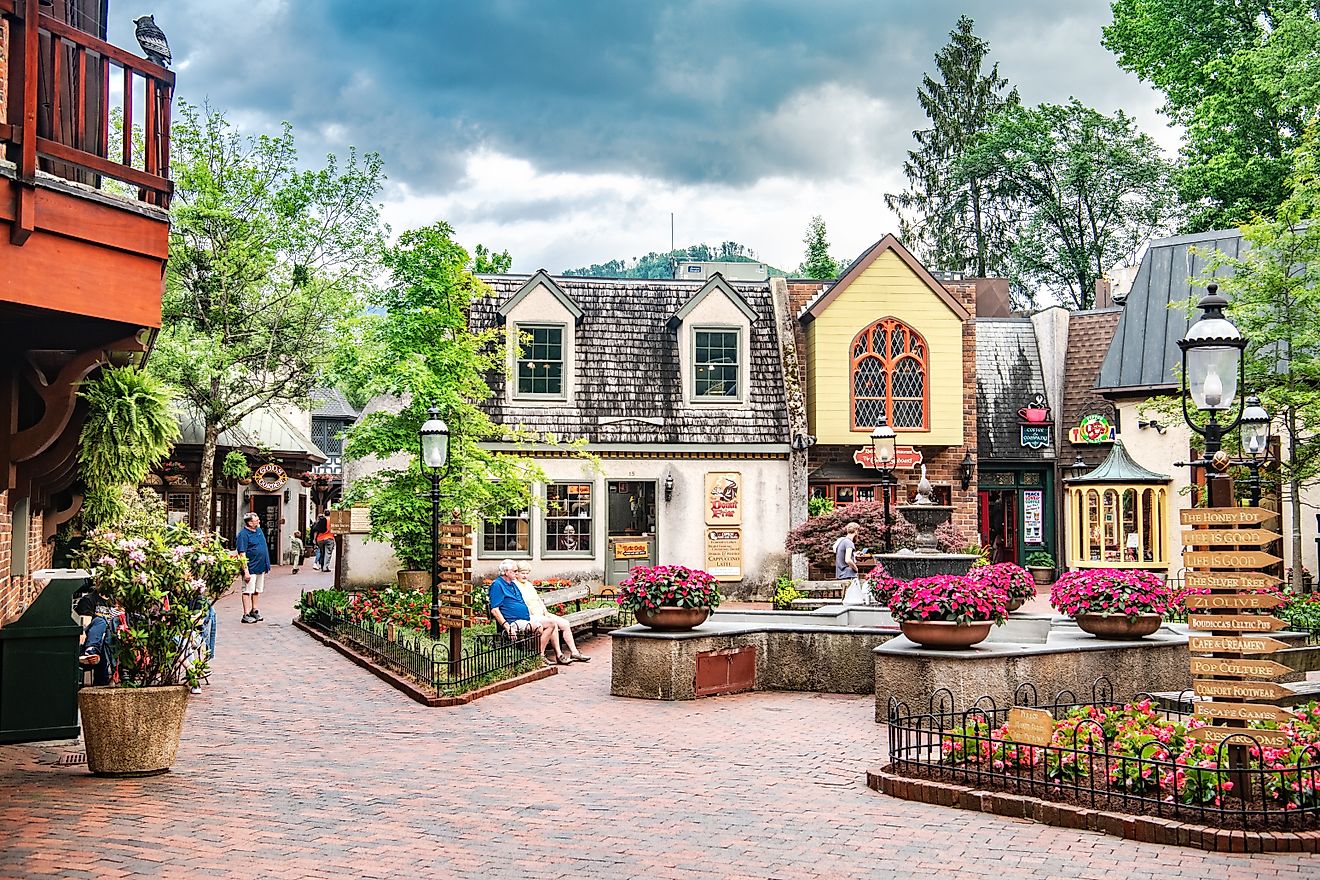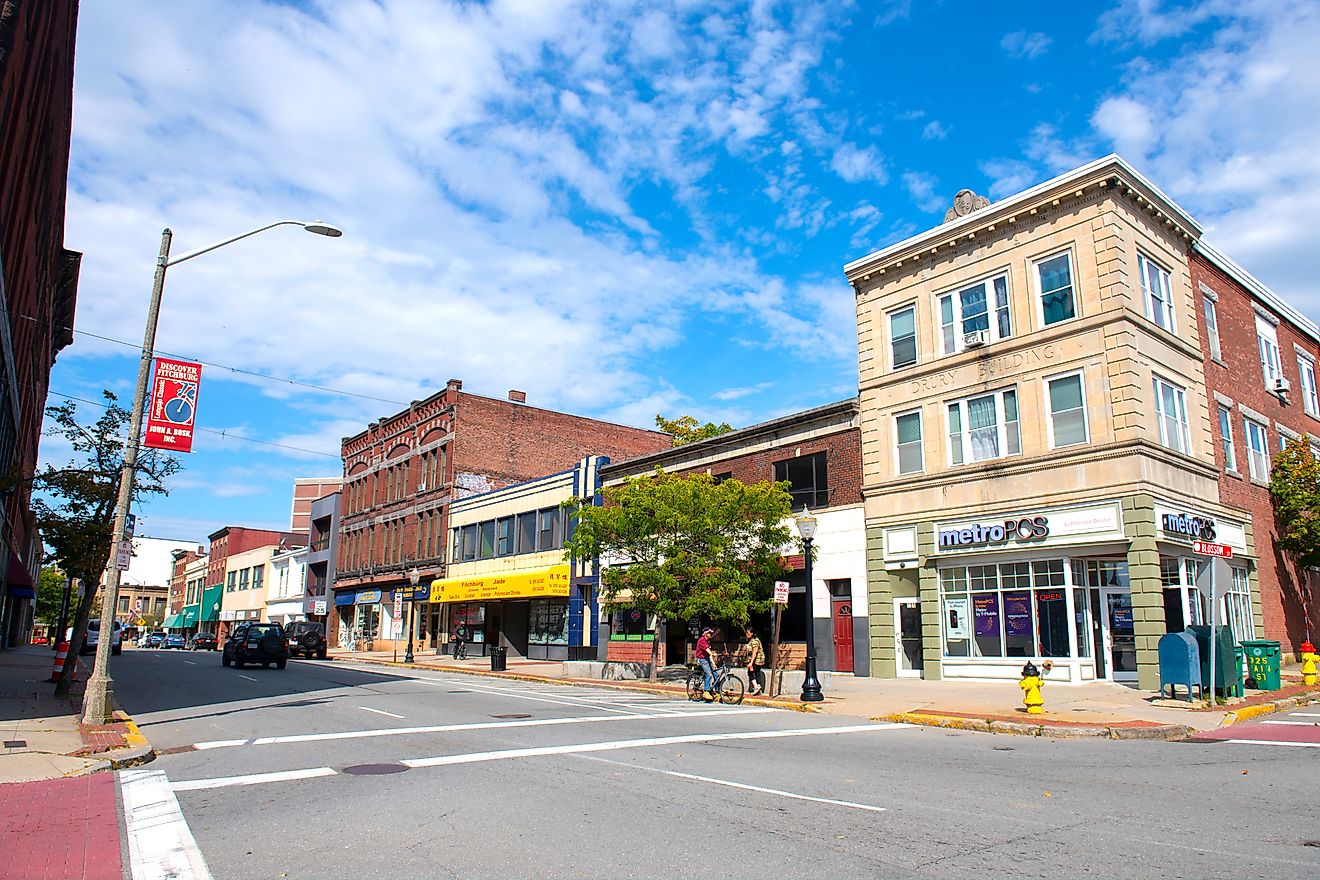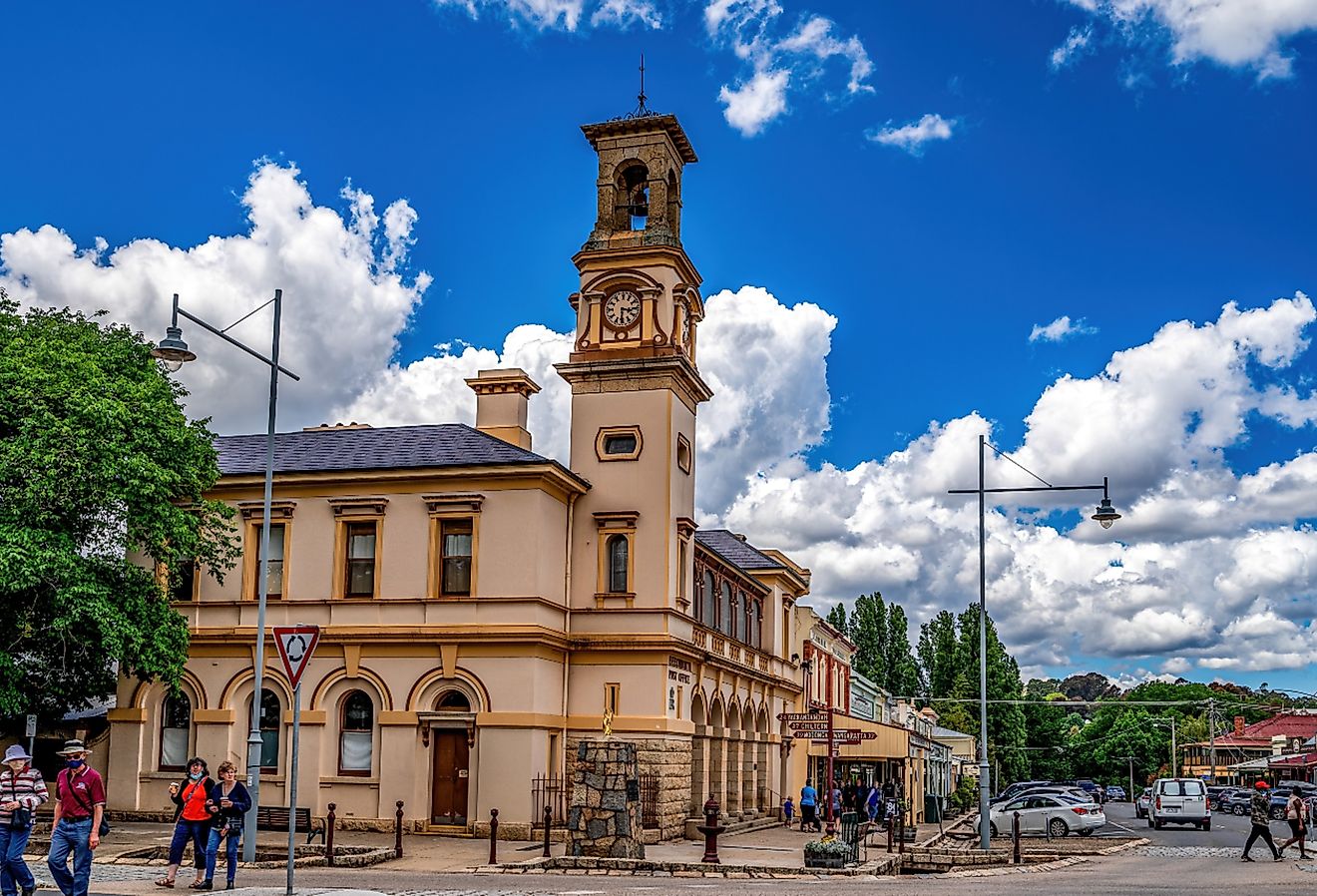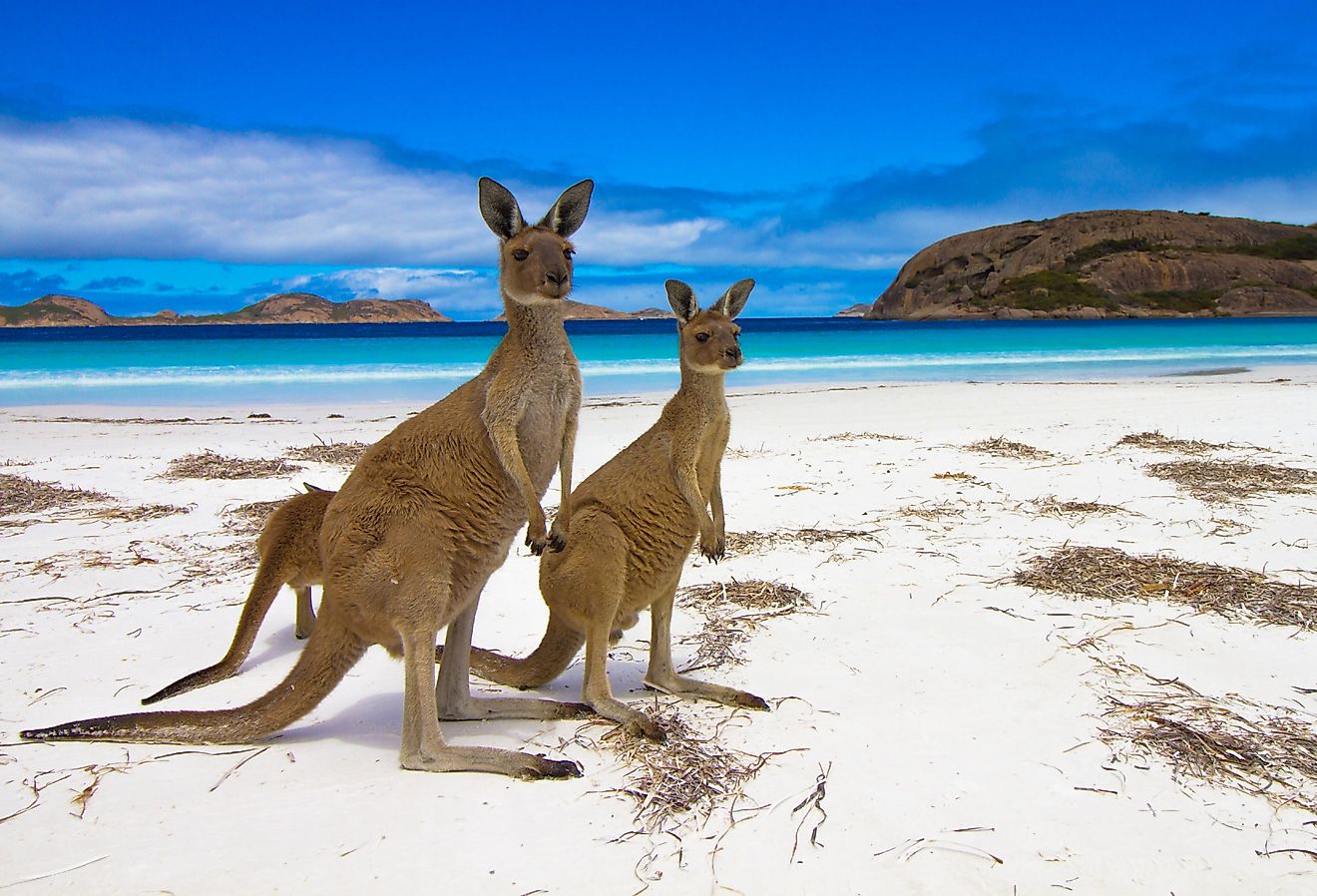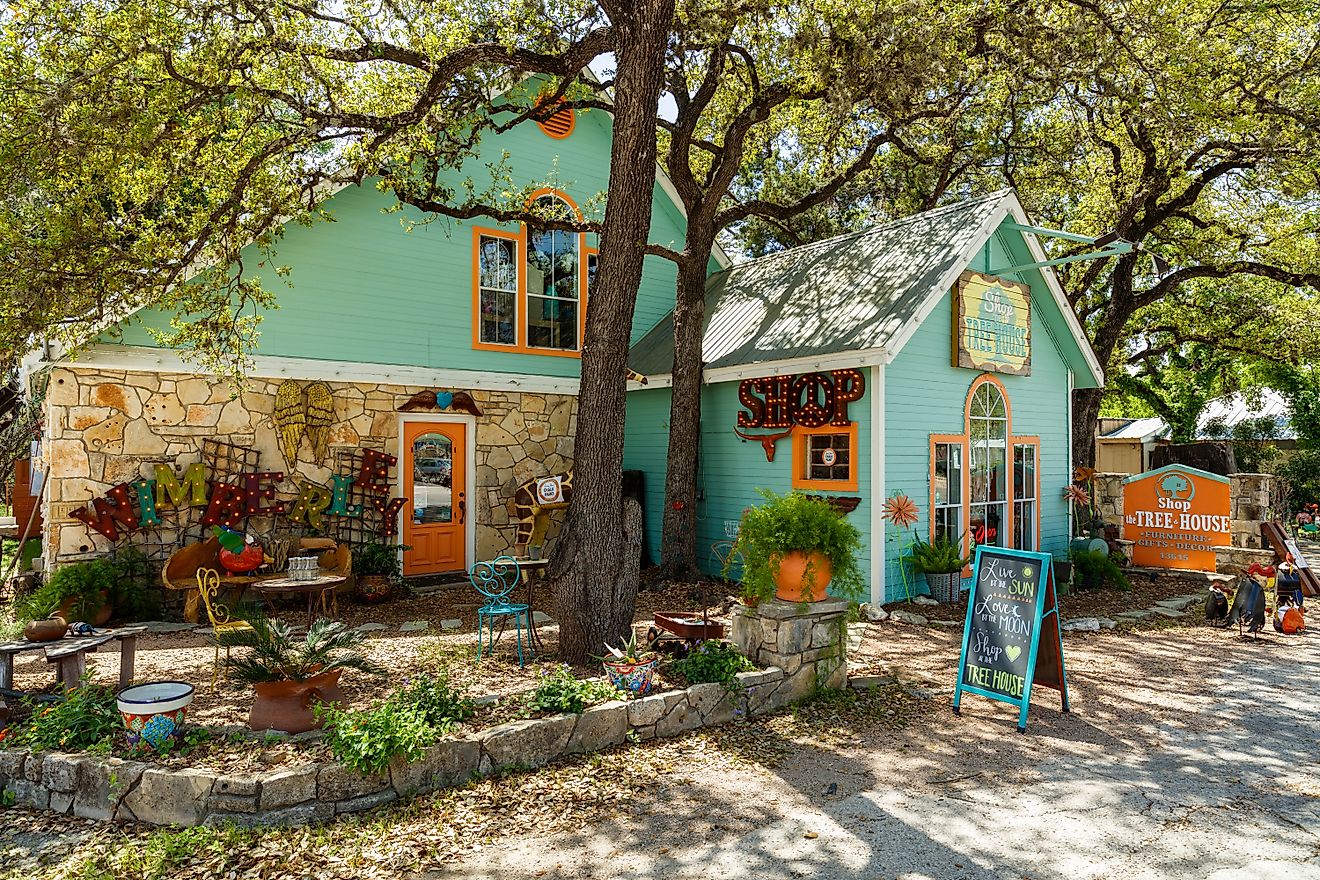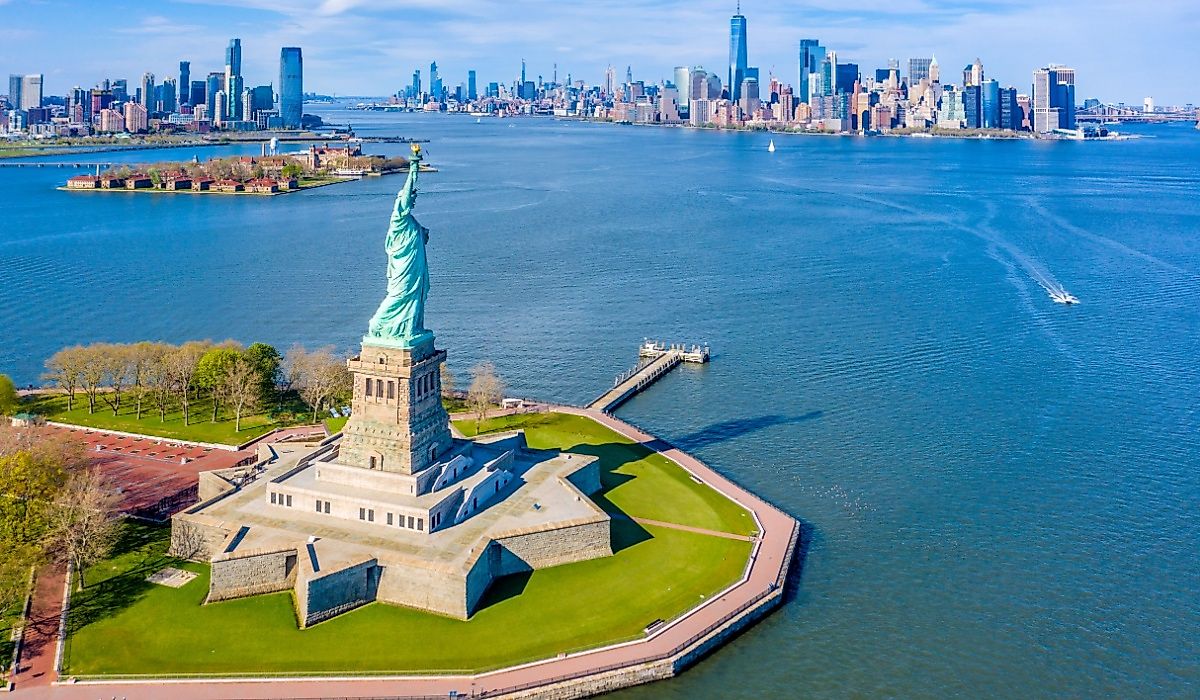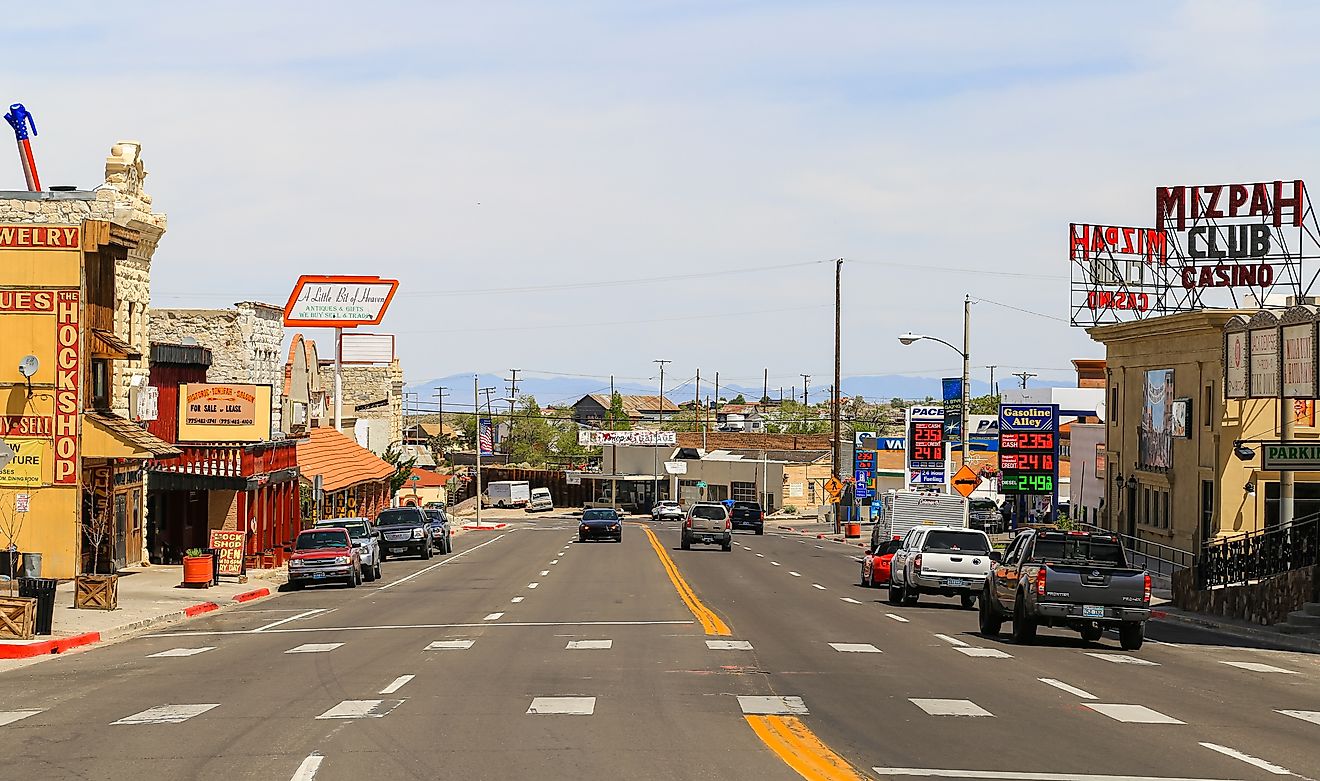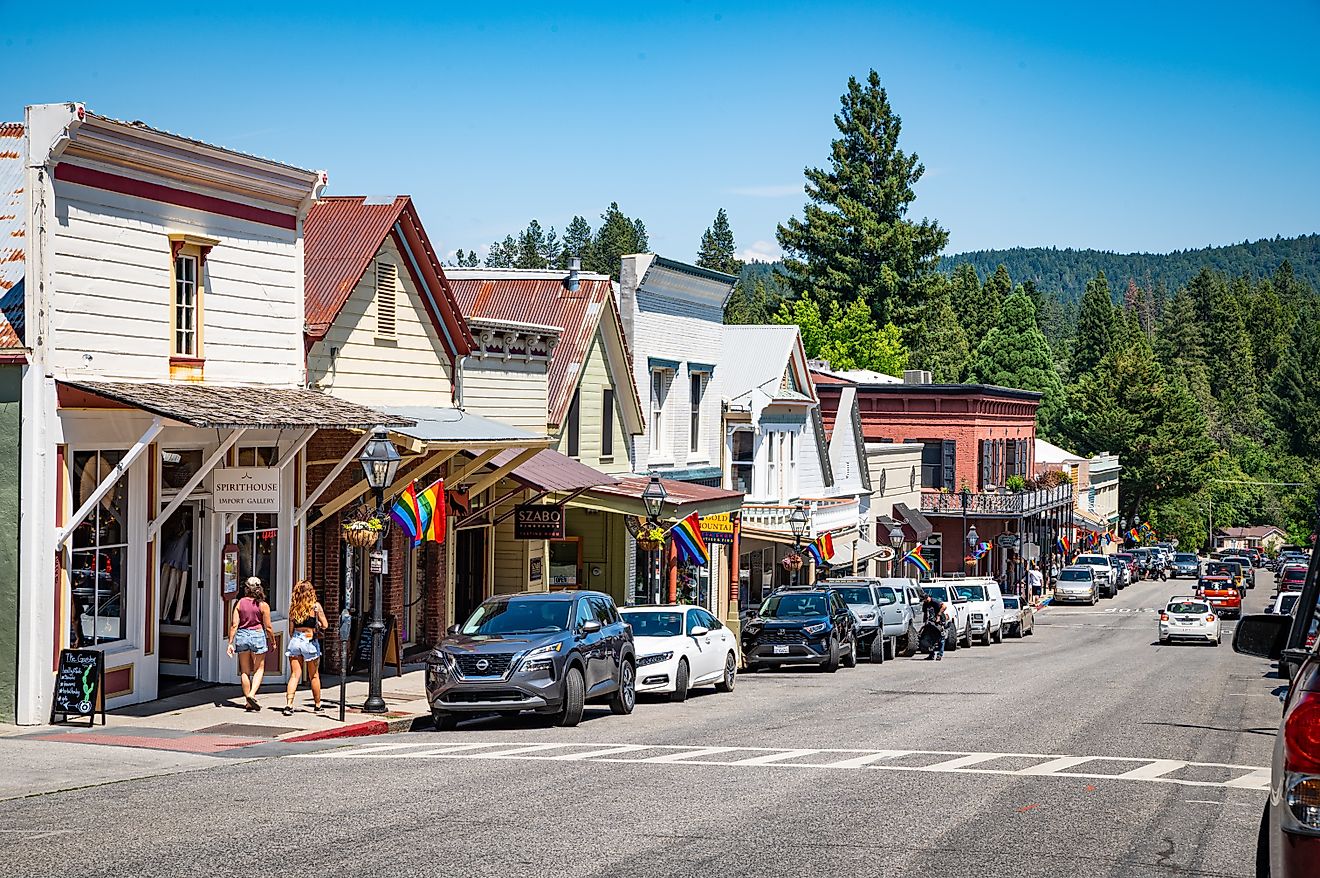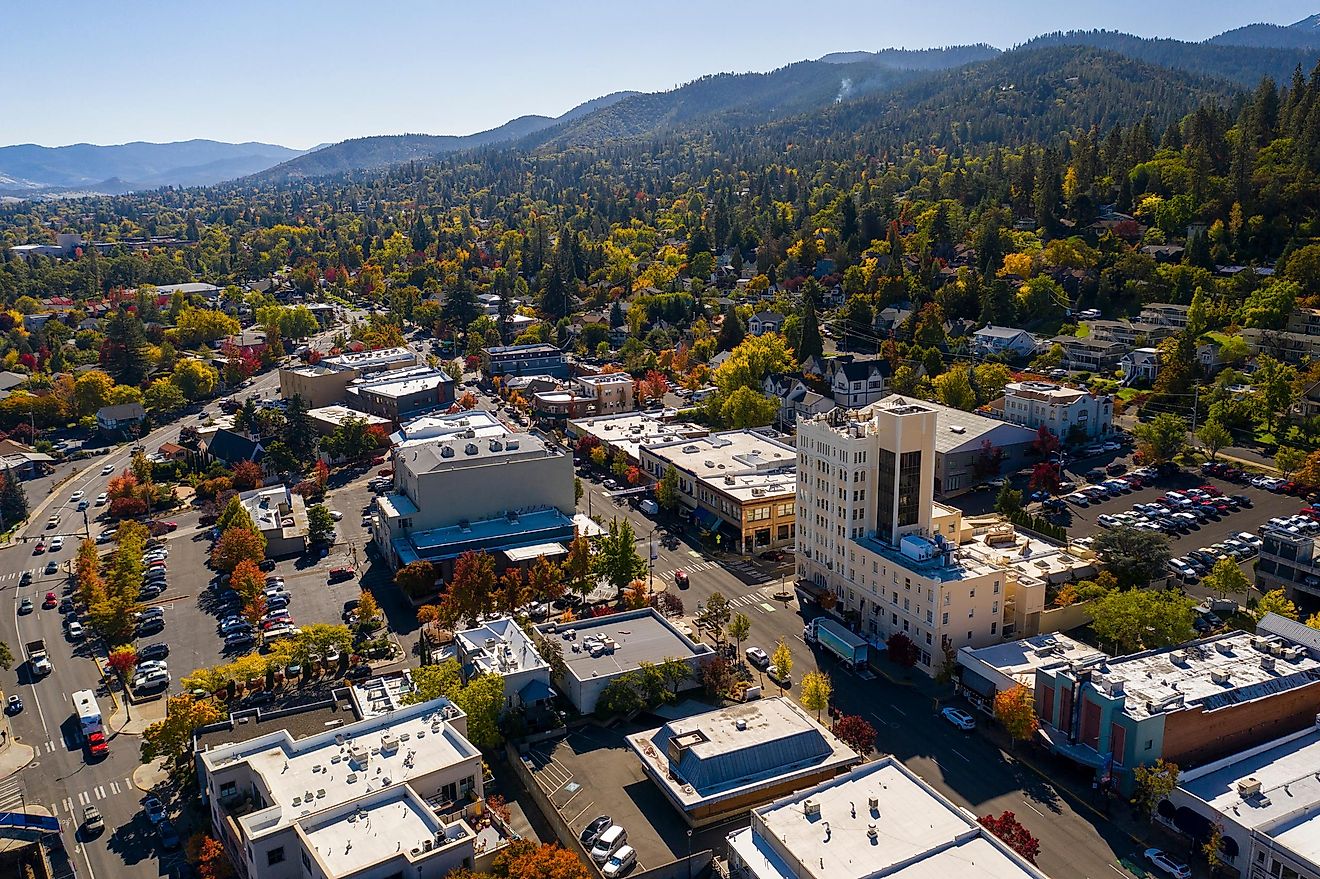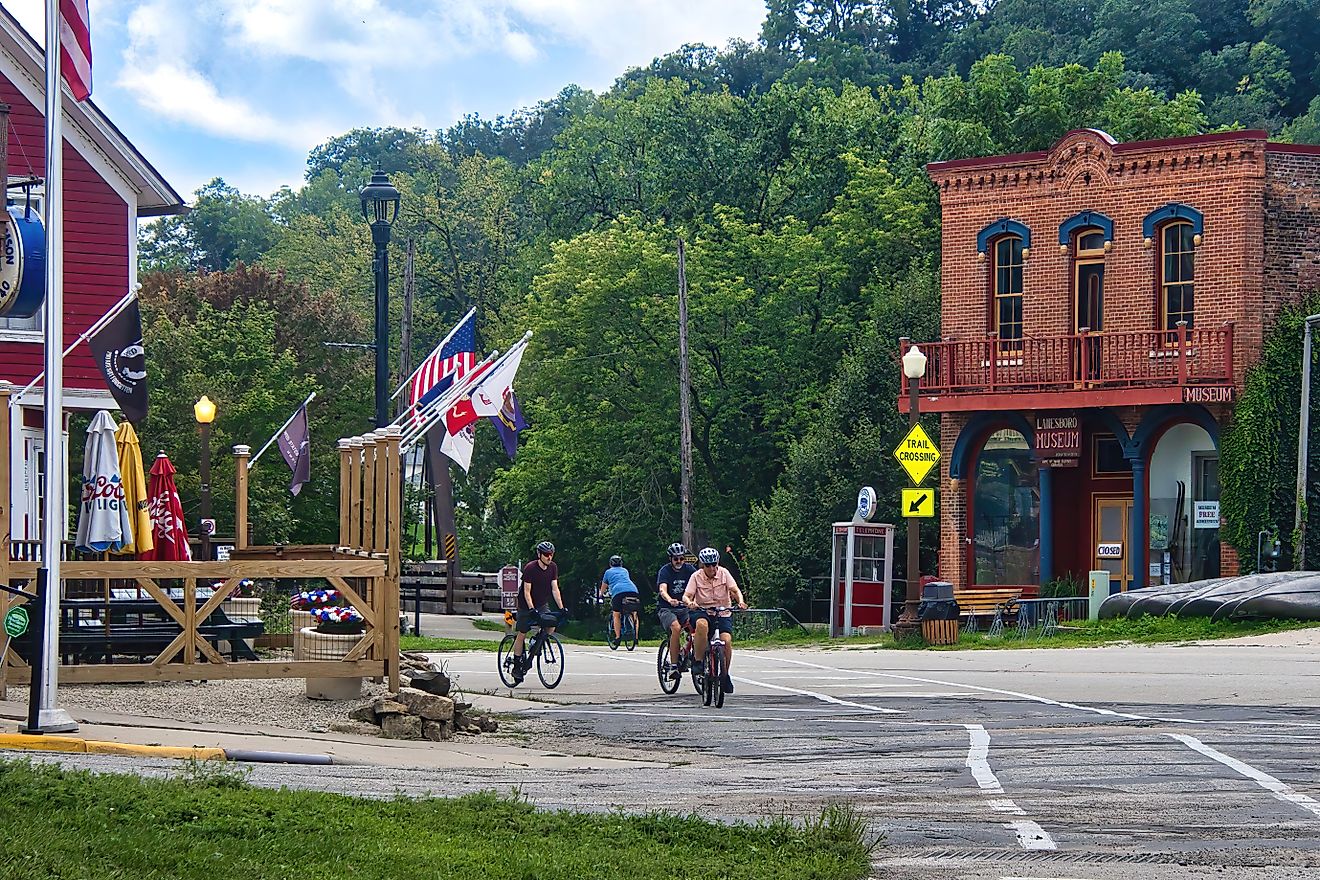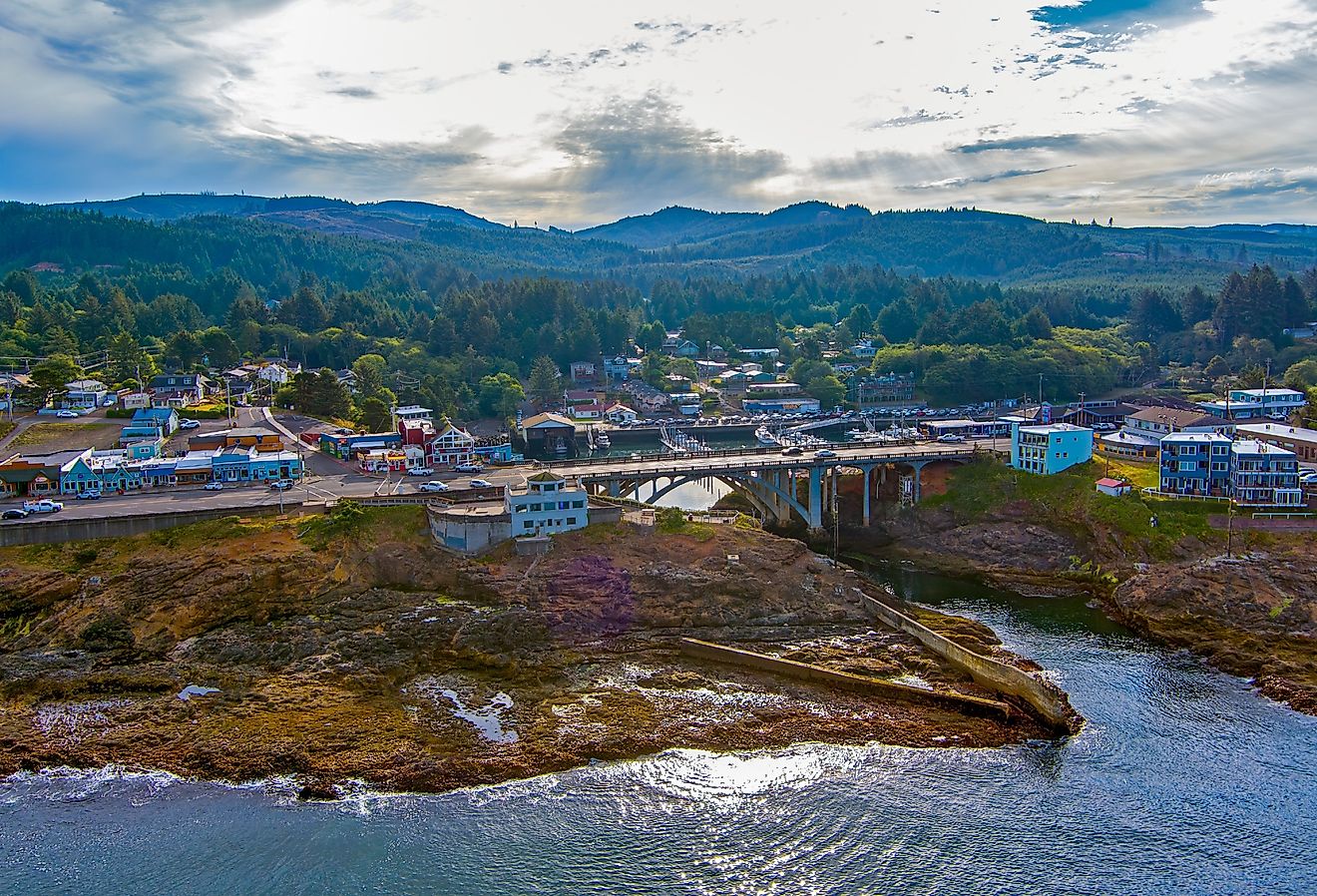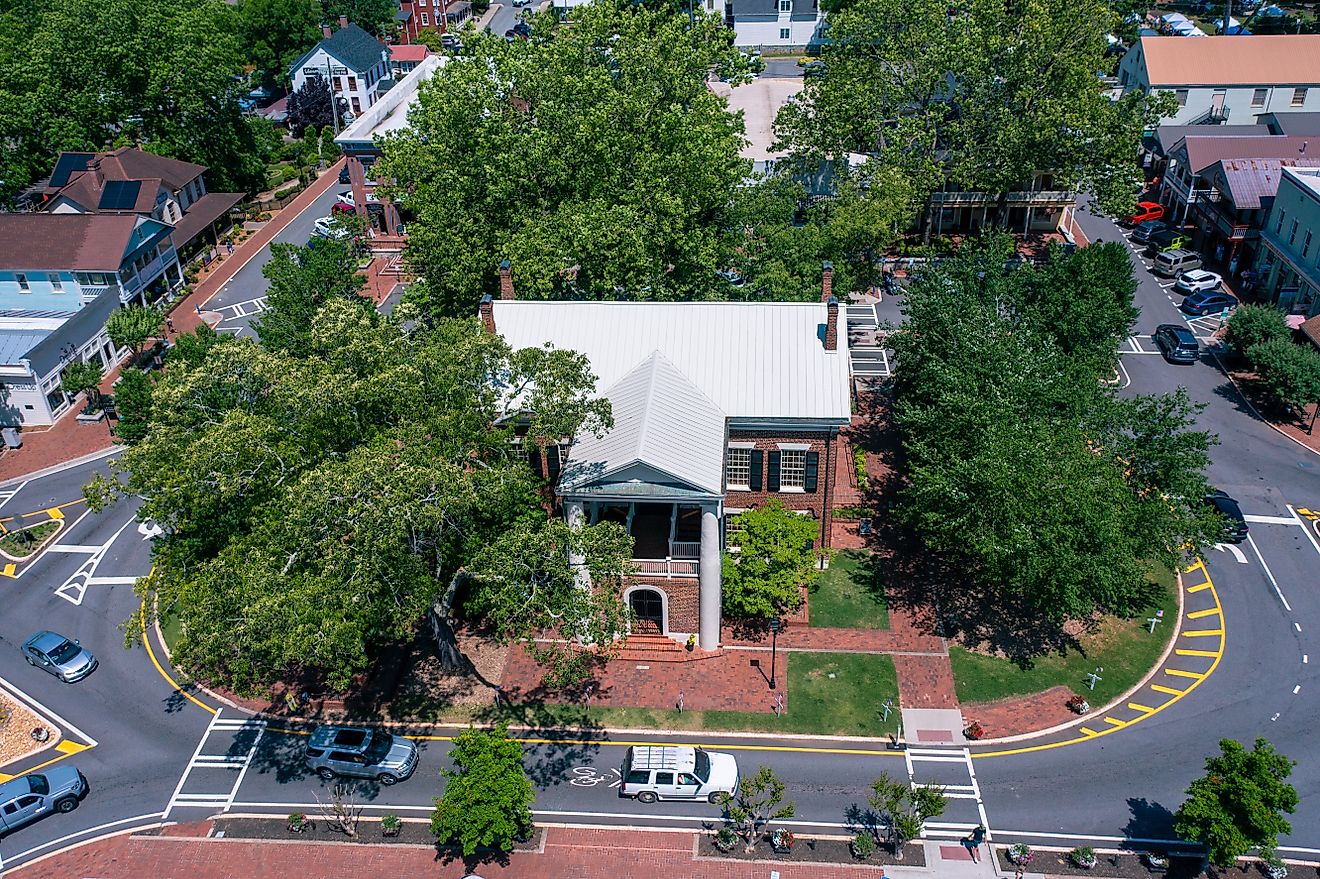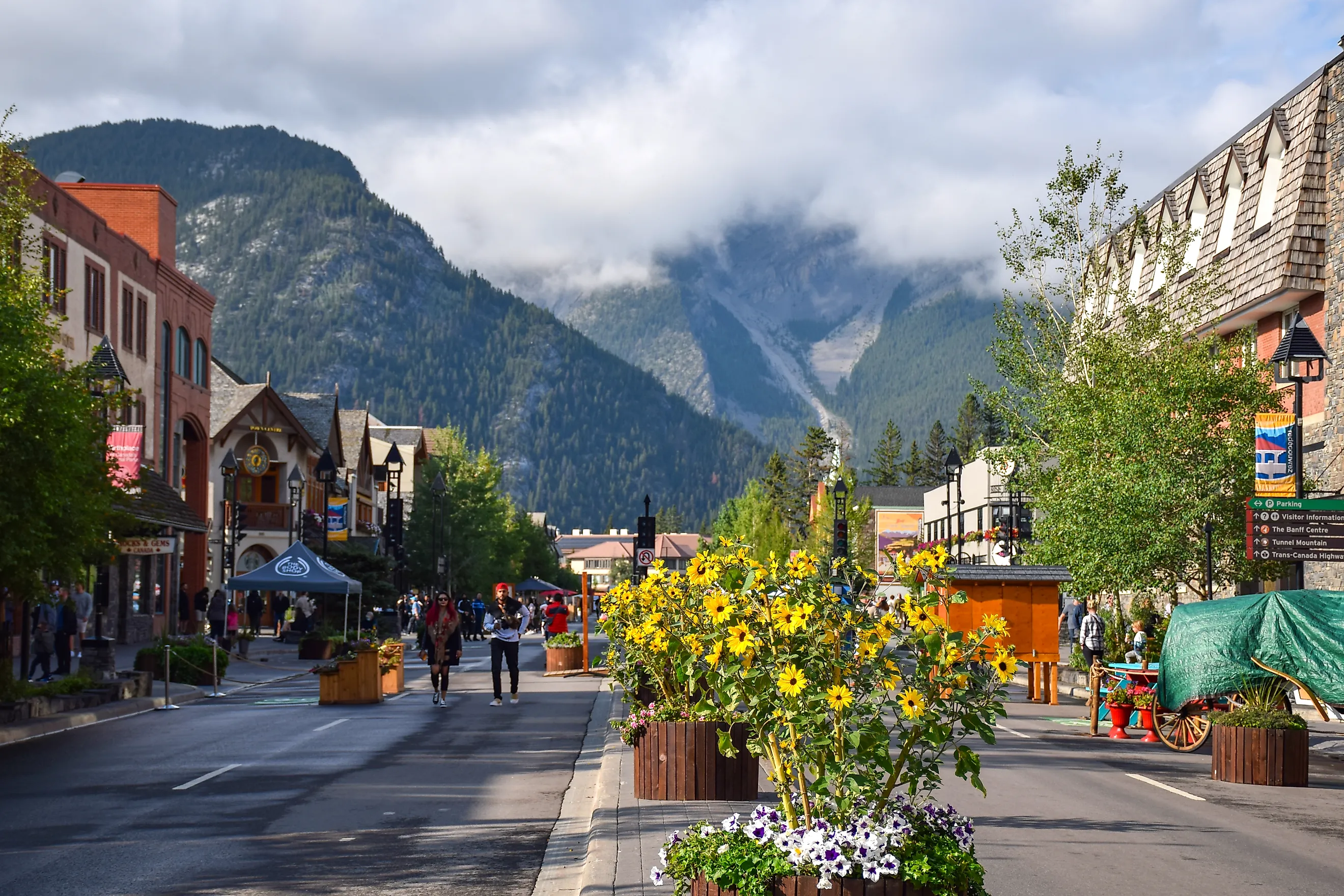
9 Best Alberta Towns For A Weekend Trip
Blessed with mountain blanketing snows in the winter, and wild-flower summoning, badland illuminating suns in the summer, Alberta is a stunning canvas on which to (re)create. And for every neck-cranking peak, pristine lake, and prairie anomaly, there is a unique small town to offer support, camaraderie, and entertainment. So if you've punched your card for the week and have a few days to let loose, why not build a trip around one of these nine Alberta towns? Here are some adventure suggestions.
Canmore
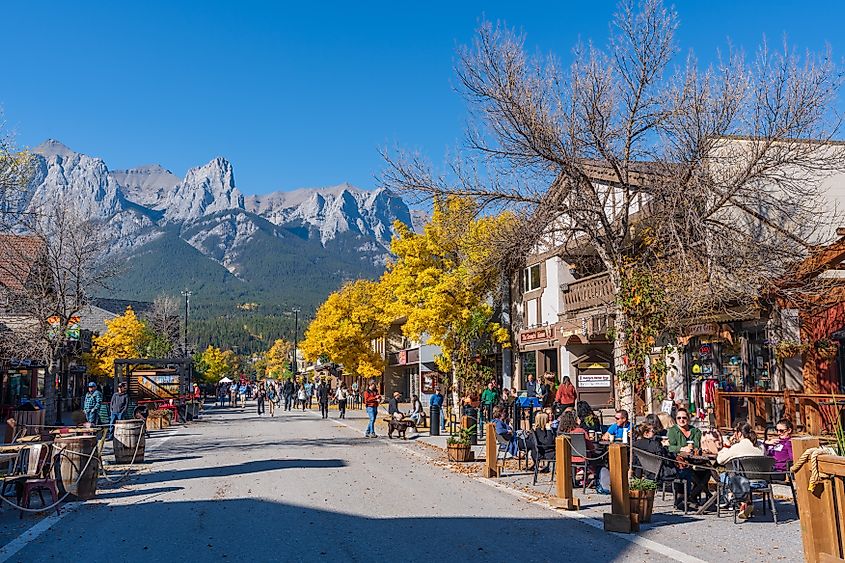
This scenic and spritely Rocky Mountain town is less than an hour west of Calgary, making it easy to get to and hard to leave. Summertime visitors will find themselves in the company of adventure-hungry hikers, mountain bikers, climbers (Canmore has world-class outdoor pitches as well as an indoor wall at Elevation Place), and golfers (there are three alpine courses around town). Winter weekends open the door to cross-country skiing at the Canmore Nordic Center, and dog sledding in Kananaskis Country (check out Snowy Owl Sled Dog Tours). Plus, the slopes of Banff and Lake Louise are just up the road (more on them in a moment).
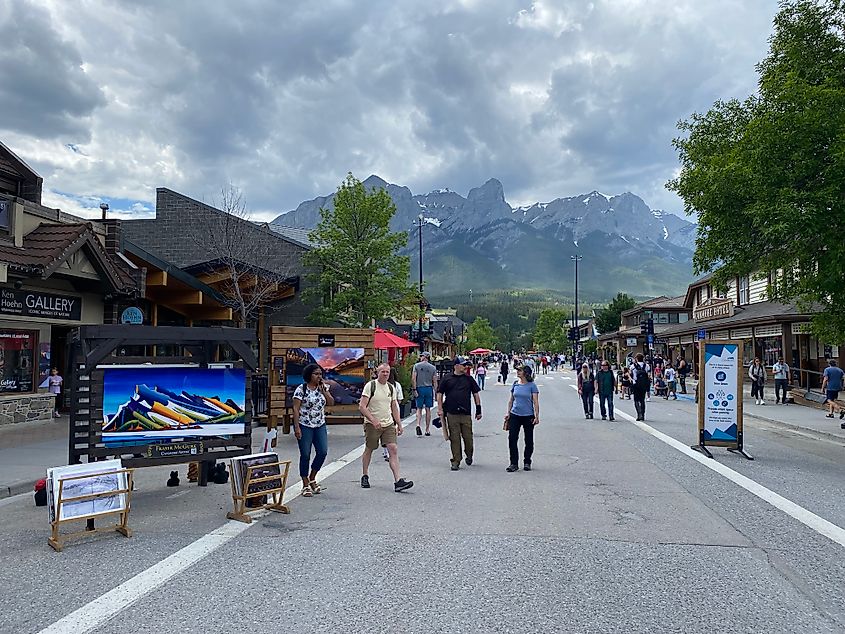
Should you prefer a holiday of leisure over recreation, Canmore has you covered all the same. Downtown is filled with cool shops, satiating restaurants, and live music venues, and there are a couple of satellite breweries that have a habit of attracting eclectic crowds. Finally, Canmore has a full range of accommodations to suit all ages and preferences. There are tried and true hotels, youth hostels, peripheral chalets, and even a couple of scrappy campgrounds to boot.
Banff
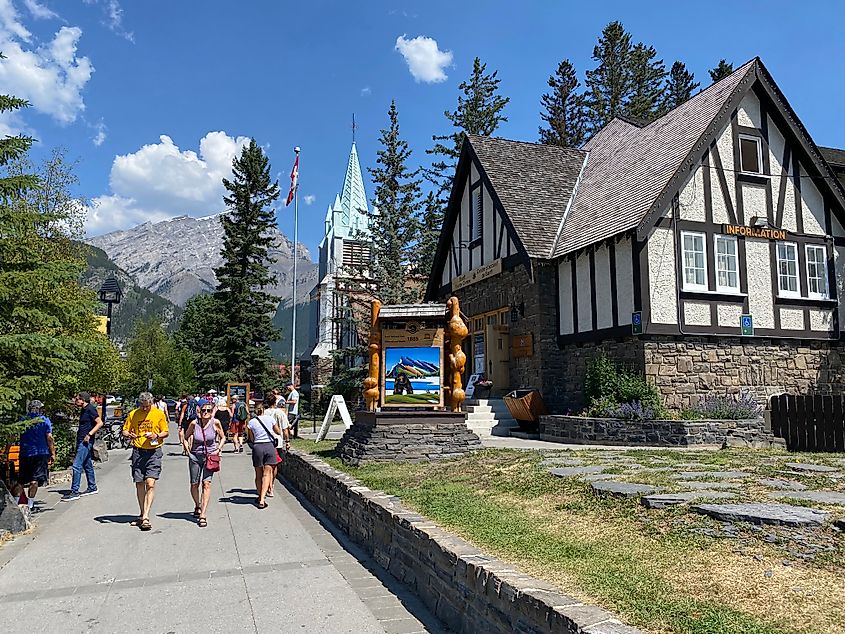
The Town of Banff is the heart and soul of the encompassing namesake national park - the oldest, in fact, in all of Canada. Regardless of the season, Banff can be a crowded place, with almost all of the park's 4.3 million annual visitors rolling through the modest community, but recent parking expansions and user-friendly shuttle systems have helped to accommodate the unwavering popularity. Similar to Canmore, the attractions here are evenly split between outdoor, social, and indulgent.
Vehement alpinists can set aside a full day to conquer Cascade Mountain or Rundle, which loom large on either side of the Bow Valley. Alternatively, Sulphur Mountain is a much more manageable switchback hike and is accompanied by the Banff Gondola for those who would prefer to get a ride up, down, or both. Afterwards, the Banff Hot Springs await at the base of Sulphur to help rejuvenate those strained muscles.
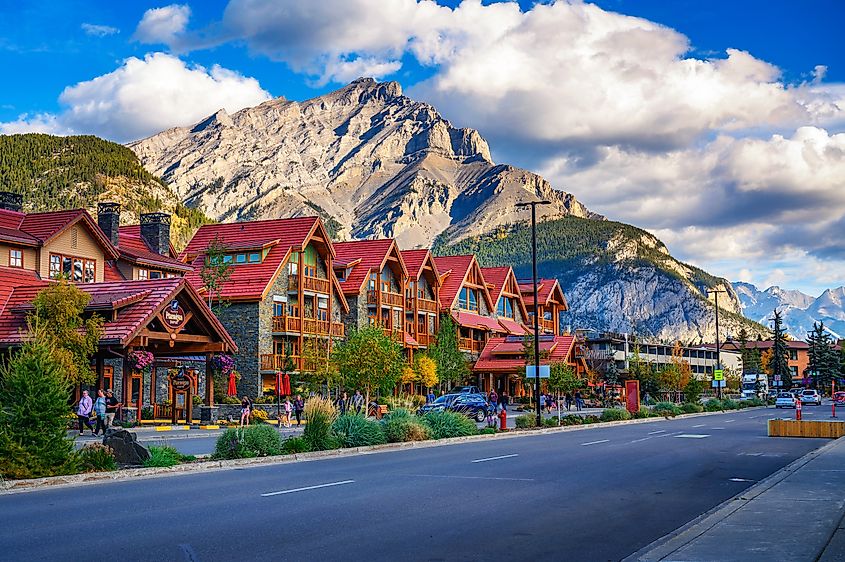
Following the Bow River west brings visitors to the Cave and Basin National Historic Site, whereas an easy walk east (along the delightful Art in Nature Trail) leads to the robust Bow Falls. I could go on for days, but we also need to leave some time for the Banff Center (home to the Banff Mountain Film Festival), the trifecta of museums (i.e. Museum of the Canadian Rockies, Banff Park Museum, and Buffalo Nations Museum), gorging at the fudge shops, some patio pints, and shopping for both high-end outdoor apparel and cheeky souvenirs.
Lake Louise

Still within the boundary of Banff National Park, the hamlet of Lake Louise specializes in arresting glacial lakes. The titular attraction, and its even more magnetic neighbor, Moraine Lake, are in high demand, and ever-changing, so a full weekend is ideal for flexibility and multifaceted photos. First things first: motorists should abandon any delusions about parking next to either lake. Lake Louise fills up by the time the sun rises, and Moraine long since closed its lot to the public. Instead, pre-booked Parks Canada shuttles are the way to go. But honestly, after visiting last summer, I have to say that the process is remarkably easy and flexible. After boarding my bus at the Lake Louise Ski Resort (an awesome winter destination), I was able to hop on/hop off however I pleased after that. I took a long hike around Lake Louise - up to the teahouses and over to the Plain of Six Glaciers - and then scooted up to Moraine Lake for a more relaxed admiration of the natural wonder.
In terms of photo-ops, one day these lakes might appear milky (because of glacial silt), while the next they exude that quintessential turquoise pop. So if money is no object, a stay at the historic Fairmont Chateau on the shore of Lake Louise will surely show both sides in all possible lights. However, the lodges, hotels, and hostels within the hamlet proper will also serve such prospects.
Kananaskis Village
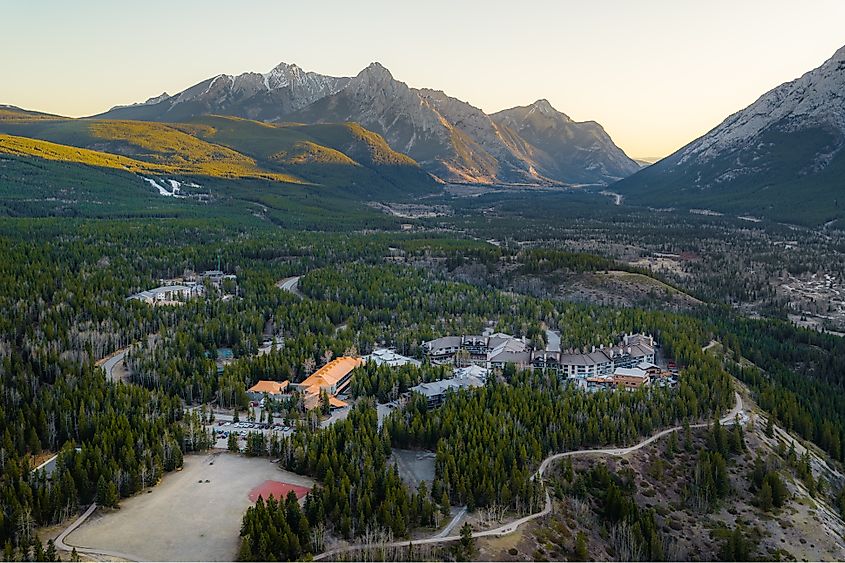
Having just hosted the G7 Summit, Kananaskis Village has garnered quite a lot of attention for itself. But long before world leaders descended upon this isolated retreat in the Canadian Rockies, Kananaskis Village served as a prime location for a weekend getaway. With its Nordic spa, wildflower-strewn alpine meadows, labyrinth of hiking, biking, and horseback riding trails, and 360 degrees of jaw-dropping "K-Country" scenery, this lesser-known enclave acts as an introvert's alternative to Canmore and Banff.
Located off Highway 40, just getting to Kananaskis Village is a treat. This two-lane drive cuts through hikeable mountains and dense coniferous forests. If you're connecting from the Trans-Canada Highway, then you'll first pass by Barrier Lake - an excellent spot for a leisurely hike, or even a refreshing swim. If coming up from Montana, then you'll eclipse Highwood Pass - Canada's highest paved road. In between, there are numerous provincial parks that are all worthy of half-day allocations. But otherwise, just enjoy the assets of the lodge. Get a relaxing massage, do some hot/cold therapy, play a round at the Kananaskis Country Golf Course (where the altitude always ensures a few extra yards), and when it's all said and done, meet up at Woody's Pub & Patio to swap stories.
Sylvan Lake
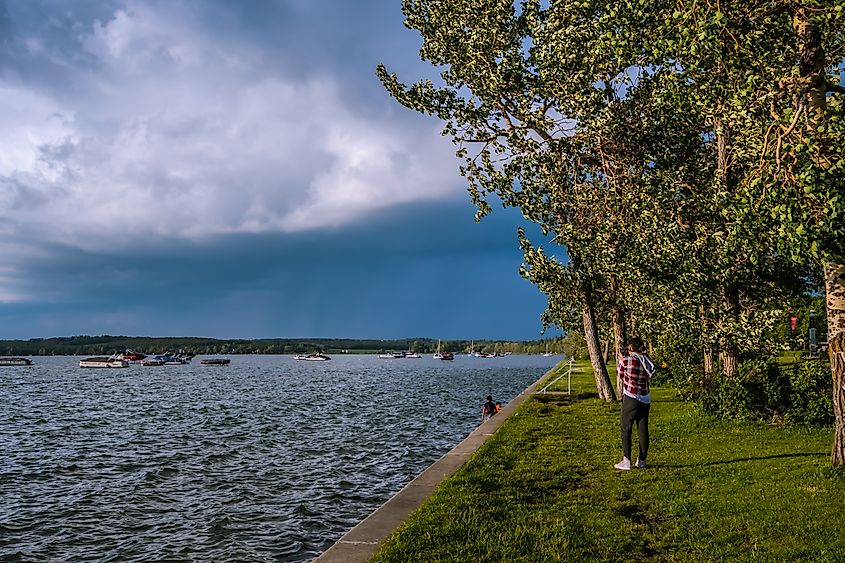
Not all of Wild Rose Country's watering holes are frigid alpine lakes. Case in point, Central Alberta's Sylvan Lake: a summertime oasis perfect for a weekend getaway. Both the 43 square-kilometer body of water and the eponymous shoreline town are approximately equidistant between Calgary and Edmonton, immediately west of Red Deer. With a slender but lengthy lakeside park and beach (that terminates in an adorable peninsular lighthouse), corresponding boat launches and rental services, a waterpark, go-karts, mini golf, and actual golf, Sylvan Lake offers a diverse range of activities both on and off the water. Along that same stretch (i.e., Lakeshore Drive), Sylvan Lake boasts a commendable collection of patioed eateries, a couple of coffee shops, and a few ice cream outlets to round out the all-ages indulgences.
Crowsnest Pass Towns
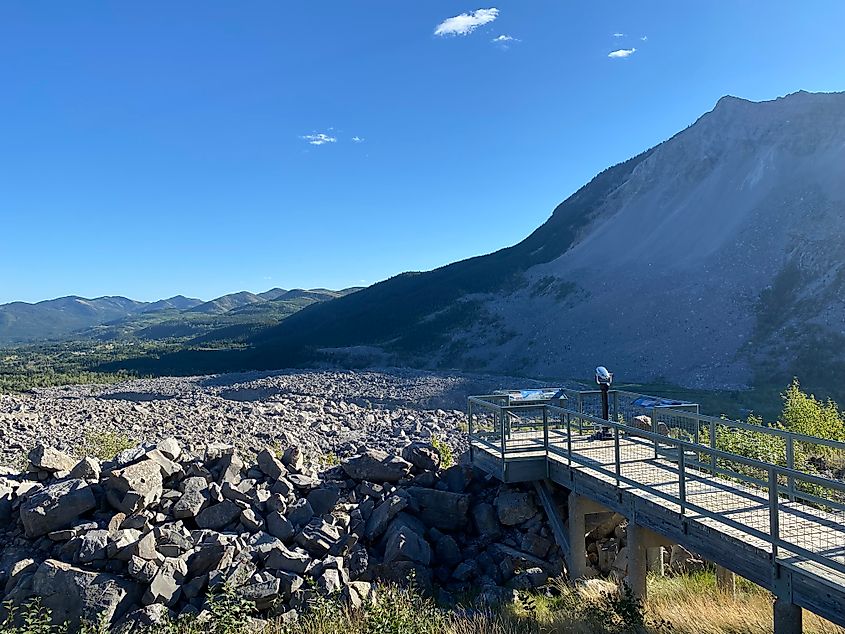
Southwestern Alberta's portion of Crowsnest Pass is a mellow, scenic, and engaging string of small towns along the Continental Divide. Highway 3 acts as a low-altitude, interprovincial mountain traverse that can be quickly accessed from Northern Washington, Idaho's Panhandle, and Northern Montana. The iconic and standalone Crowsnest Mountain oversees the western terminus and leads visitors into the worthy Day 1 destination of Coleman. Learn about this mining town's history at the Crowsnest Museum, explore some of the mountain trails, and convene at The Rum Runner for pub grub in a quirky, communal atmosphere. The next morning, scoot over to the neighboring town of Blairmore. If it's winter, dive into the Pass Powderkeg Ski Area; if it's summer, tee-off at Crowsnest Pass Golf Club, or scramble your way up Turtle Mountain (more on this peak in a moment). Whatever the season, end at The Pass Beer Co for craft suds and wood-fired pizza.
For one last Sunday adventure before heading home, be sure to check out the Frank Slide Interpretive Center. Remember Turtle Mountain? Well, in 1903, a huge chunk of this limestone peak gave way and buried the town of Frank. The estimated 44 million cubic meters of rock left behind a mind-boggling boulder field that can be marvelled at from the viewing platforms, or hiked/scrambled through (I even did a 5k race through here a few years ago called "Run the Rocks").
Waterton Park
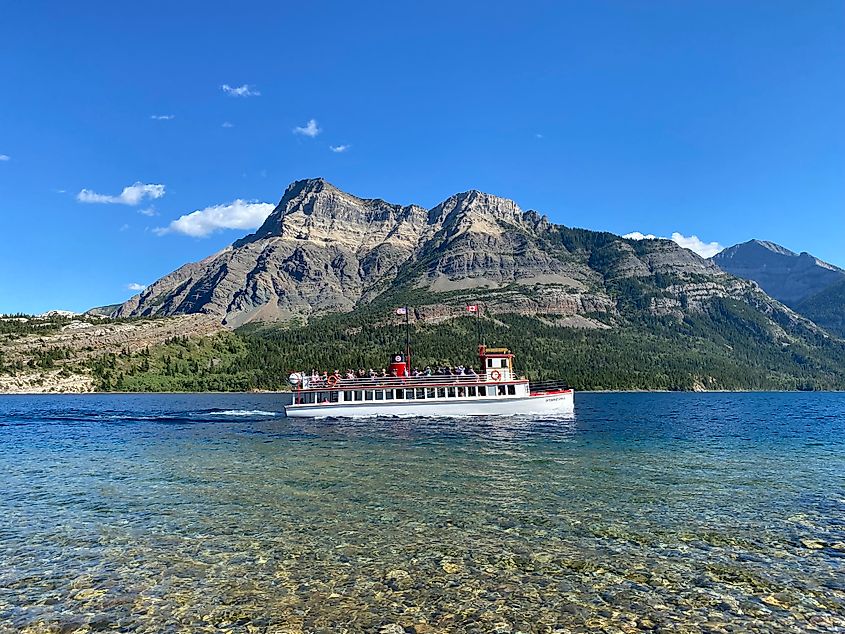
While you're in Southern Alberta, consider making a small southbound detour from Crowsnest Pass to Waterton Lakes National Park. Not only is this another of Canada's Rocky Mountain treasures, but it constitutes the northern half of the Waterton-Glacier International Peace Park (with Glacier National Park contributing the southern section) - a first-of-its-kind UNESCO World Heritage Site. At the heart of the national park is the quaint base town of Waterton Park. Once again, we see a welcoming range of accommodations. If you're a van-lifer like me, you'll be perfectly happy to set up shop in the Townsite Campground, but you may also prefer the comforts of the various lakeside lodges. Or, if you stockpiled a little "treat yourself" budget, a couple of nights at the Prince of Wales Hotel - a historic, chalet-style palace perched on a hill above the town and a lengthy glacial lake. Along with the expected spectrum of nature activities, Waterton also operates an exceptional, multi-media visitor center, a pedestrian-friendly commercial strip, and even a little indie movie theatre - should the variable mountain weather take a temporary turn.
Fort MacLeod
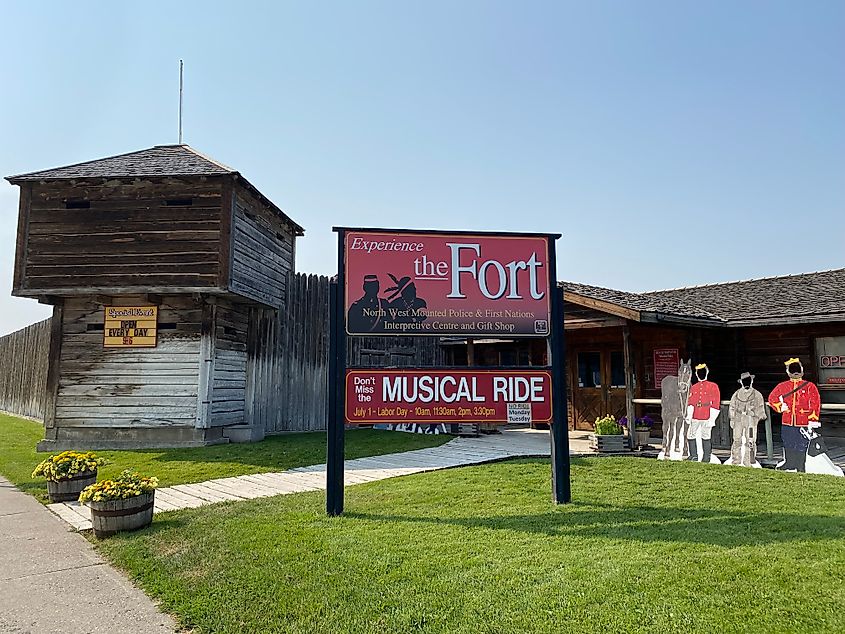
The crossroads highway town of Fort MacLeod marries military history with Indigenous legacy, and timeless prairie beauty with a modernizing downtown strip. Weekend warriors would do well to get off work early on Friday so as to rush to The Fort Museum, which is unfortunately closed on Saturday and Sunday. A bit of hooky will be worth it to wade within the barracks and learn about the North-West Mounted Police from period-appropriate actors and displays. The anachronistic post has also evolved into the First Nations Interpretive Center to further round out the history of the area. On that note, just a few minutes west of town, the Head-Smashed-In Buffalo Jump World Heritage Site is not only a scenic bluff, but a testament to the hunting practices of the land's early occupants.
Back on Fort MacLeod's main street (i.e. 24th Street), visitors can explore the hipster establishments of this tumbleweed town. You might even recognize the backdrop from a few major Hollywood productions. Blackwood Coffee Co. and Stronghold Brewing Co. are welcoming places to window watch for a while, and across the street, the neon-illuminated Empress Theatre always has a compelling lineup of performances on deck for the weekend.
Drumheller
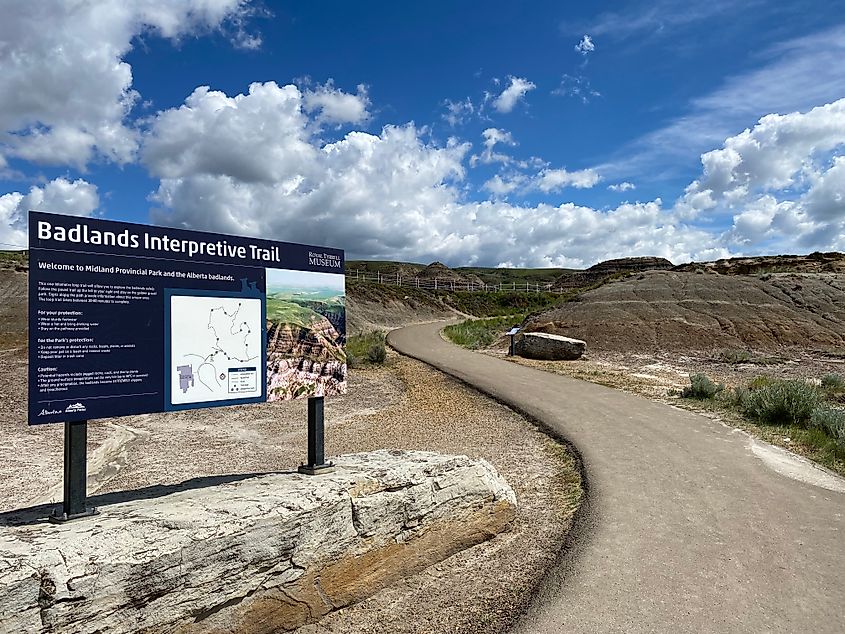
Alberta is rightfully revered for its mountains and prairies, but for our final weekend adventure, let's turn to its third set of assets: dinosaurs and badlands. Known as the "Dinosaur Capital of the World," a visit to Drumheller is sure to satiate the amateur paleontologist in us all. One day can be spent on a scavenger hunt for all the colorful dinosaur monuments around town (some on top of buildings, others on bus-stop benches) - including, of course, Tyra, the world's largest dinosaur (25 meters/86 feet). The next day can incorporate a side quest to the Royal Tyrrell Museum/Midland Provincial Park, where some of North America's finest and most comprehensive collections of fossils are arranged according to eons, and where visitors can hike through the very striated, hoodoo scattered Badlands in which these prehistoric giants continue to be unearthed.
Parting Thoughts
Whether you have summit fever, a propensity for the water, or a fascination for the prairies, Alberta is happy to accommodate. These nine small towns set the stage for endless adventures, but also oblige the quieter pleasures that one might crave at the end of a long work week. There's no wrong way to enjoy your weekend, especially if you spend it in and around one of these Alberta towns.
